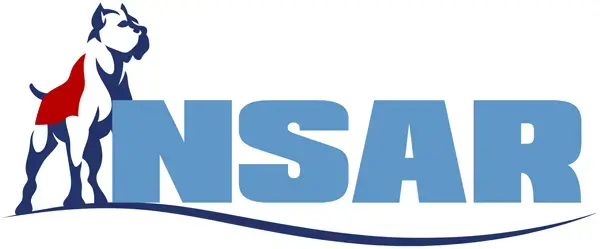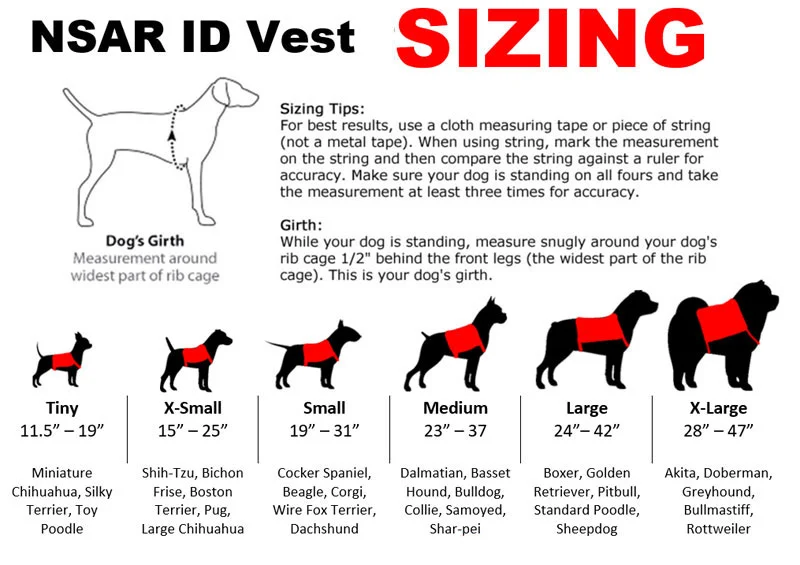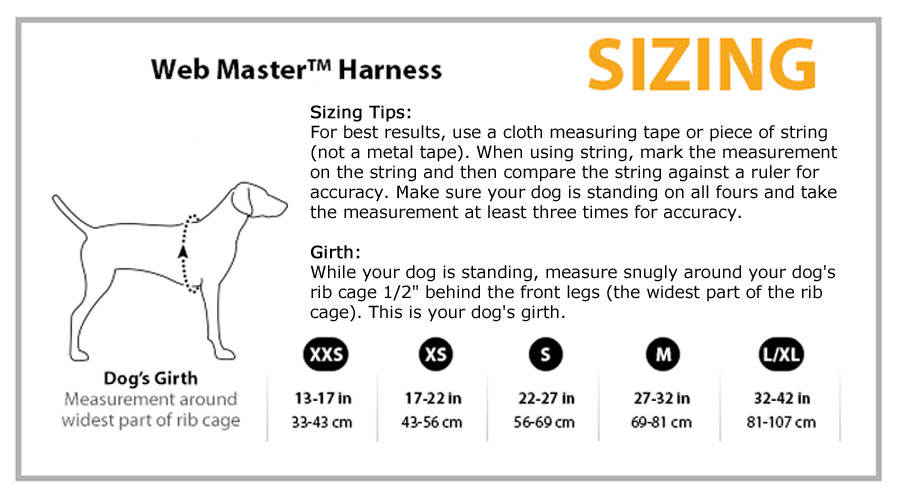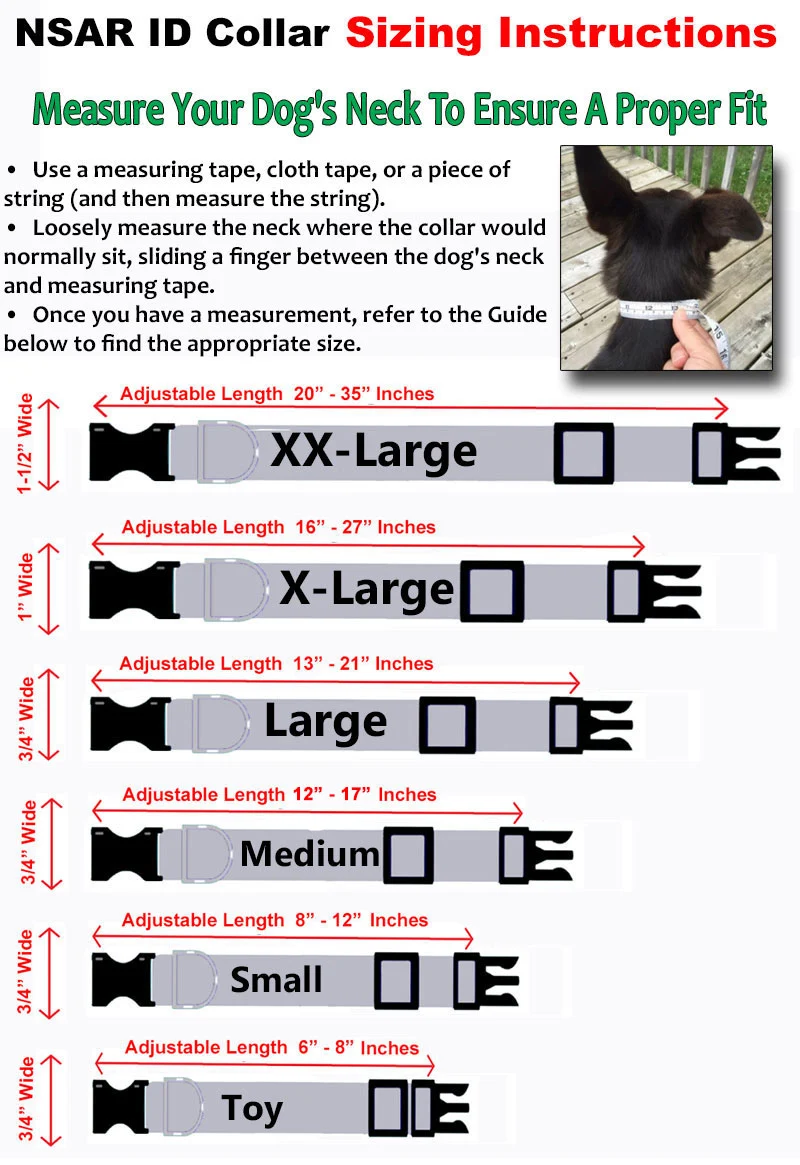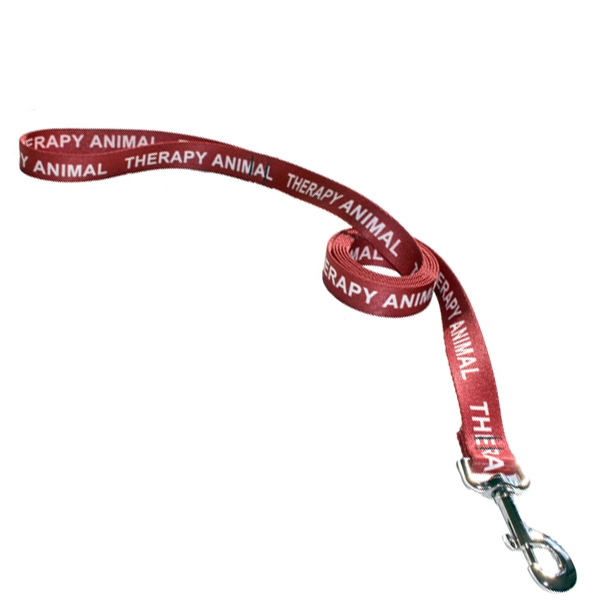
It’s incredible how much easier life can be with your dog by your side! We’re lucky to be able to build such loving relationships with such amazing animals. Unfortunately, we can’t bring them everywhere we’d like to go. That’s why it’s important to take the proper steps to register your dog as an Assistance Dog (service or ESA) or a therapy dog if you feel your pup adds to your quality of life. Dogs can reduce our anxiety, help us physically get around, provide emotional support when we need it the most, or help others in hospitals and/or hospices. If your dog provides this kind of comfort, then you can follow these steps to register your dog as a service animal, emotional support animal, or therapy animal.
Types of Assistance Animals
First, it’s important to understand what type of assistance category your dog falls into. Each category provides a different kind of support and function to their owner/handler or to others. Each category offers different legal rights as well. Basically, there are three types of assistance animals. Service animals, emotional support animals, and therapy animals. Service dogs are trained to help with various disabilities and can assist their handlers in many different ways. Service dogs are allowed in all public places. An Emotional Support Dog is a dog that doesn’t need any kind of special training but does provide the care and comfort their owners need. A Therapy Dog is a special kind of pup that provides comfort to other people.
Where Can They Go?
When you register your dog, it’s important to understand where they can and cannot go in public. Service Dogs can go anywhere and everywhere. They’re actually considered to be medical devices that are essential to their handlers. They’re not exactly considered to be pets. Emotional Support Dogs can live with you even if you live in a place with no-pet housing rules. Emotional Support Dogs can also fly with you and sit right next to you on a plane. Airlines, housing, and other establishments cannot charge fees for Emotional Support Dogs. Therapy Dogs don’t necessarily have special access to public places. They must be invited in before they can enter a hospital, home, restaurant, or any other public space.

How to Register an Assistance Dog ?
Once you understand what kind of training your dog needs and what kind of assistance they provide, you can move forward to register an emotional support animal, therapy animal, or service animal. Registrations through the National Service Animal Registry are quick, easy, and very affordable. Simply click on the appropriate category for registration and follow their easy instructions. You’ll be given options to purchase different products to make sure your dog is good to go. For instance, you’ll receive certificates, ID cards and leash clips, and the option of receiving electronic copies of your registration documents. Depending on your dog’s type of registration and your assistance animal needs, you can choose what kind of registration kit you and your pup require. If you move around a lot and travel is a big part of your life, you may want to opt for the premium kits to keep you and your assistance dog protected. Check out their website today for more information!
Service Dog Regulations
Due to the nature of its job, you can take your service dog with you everywhere – from grocery shopping to dining and even seated beside you on flights. But they can also be kicked out of establishments and denied access permanently if they are not well-behaved. So, it’s important to keep the regulations in mind when you register an assistance dog to take with you everywhere you go.
Licensing & Vaccination
All service animals fall under the licensing and registration requirements stipulated by the local authorities for all dogs. The same also applies to vaccination. If you are wondering how to register a dog as an assistance dog, there are several ADA assistance dog registry companies that can help. We, at the National Service Animal Registry, also provide registration kits that can come in handy for you.
Leash Rules
A service dog must always be harnessed, tethered, or leashed in public places. The only two occasions that this rule is exempt are when the leash interferes with the service animal’s ability to perform its tasks and when the handler’s disability prevents the use of these devices.
Maintaining Control
The dog needs to be under the control of the handler at all times, leashed or not. This means the service dog should not be allowed to bark repeatedly in libraries, theaters, lecture halls, or any quiet place. Even in other public places, if a service dog growls at other customers or becomes aggressive, the staff and owner of the establishment reserve the right to deny access to the dog.
Prohibited in Pools
Public health rules prohibit dogs in swimming pools and the ADA does not override this rule. This means if your gym, fitness center, hotel, etc. have a swimming pool, your assistance dog will not be allowed in it even if you decide to take a swim. However, they are allowed on pool decks and all other areas where other guests (without dogs) are permitted to go.
Seating at a Table
Service dogs are not allowed to sit at a table at a restaurant. Seating, food, and drinks are for customer use only. Your assistance dog can accompany you to restaurants and sit at the foot of the table if it is well-behaved and is under your control at all times.
Exemptions
Religious establishments like churches, mosques, temples, synagogues, etc. are exempt from allowing service animals on their premises. However, different rules may apply to different states.
Is it Necessary to Register Your Service Dog?
No. It is not a legal necessity to register your service dog. But registering a service animal has a lot of benefits. Let’s take a look:
- When you register your service dog or assistance animal with National Service Animal Registry, you get an entire kit containing a lifetime service dog registration, inclusion in the database of National Online Service Dogs, a certificate, a leash clip, etc.
- This gives you enough documentation for your service dog to help avoid confrontations. Even though these documents are not mandatory to have and neither are you legally required to produce them, having them with you will prevent unnecessary hassles if a situation like that arises.
- You also get a service dog vest in the registration kit provided by the National Service Animal Registry. This helps a great deal with identification when you take your assistance dog with you in public places like restaurants, stores, public transportation, etc.
You ideally do not require any identification to take your service dog with you anywhere. They have full access to government premises, businesses, and all establishments open to the public. Business owners or staff are, however, permitted to ask you two questions about your service dog:
- Is the animal required because of a disability?
- What tasks can the service animal perform?
Keep in mind that you are not liable to answer any other questions related to your assistance animal or your disability. No one should even pet the animal or cause unnecessary distractions for it. This is because your service animal needs to be alert at all times to be able to assist you in your time of need.
Do I Need a Doctor’s Note for My Service Dog?
A doctor’s note is not necessary for a service dog. It is only required for Emotional Support Animals (ESAs). However, it is no uncommon situation where a business owner or staff gives you a hard time when a service dog accompanies you. Keep in mind that they may not know your rights. This is where a doctor’s note comes in handy. This can help you avoid situations where you may be given a flat-out refusal.
A doctor’s note should contain the diagnosis of your disability by a licensed healthcare practitioner. It should also mention that an assistance dog has been prescribed as a part of your treatment plan. Remember that restaurants, housing, or any property with a ‘No Pets’ policy are required to make reasonable accommodations to their policies in accordance with the ADA for your service dog.
If you are still refused, you can seek help from the respective authorities to take action. For example, if you are refused housing, you can contact the Housing and Urban Development authority in your area. If your service dog is being refused in the cabin with you on the airplane, you can contact the manager or file a complaint.
That being said, keep in mind that landlords and property owners cannot refuse housing on the grounds of having a dog – whether it is a service dog or an emotional support animal. You are also not liable to pay any extra fees, cleaning deposits, or surcharges for your service animal.
Chilhowee Psychological Services is one of the organizations that provide service dog letters by licensed healthcare professionals through a free pre-screening procedure. Find out more on their website.
